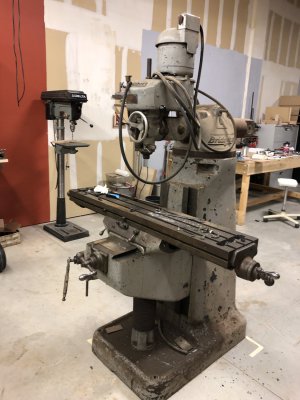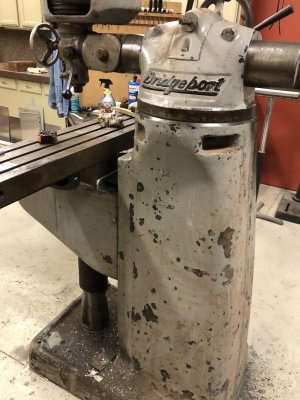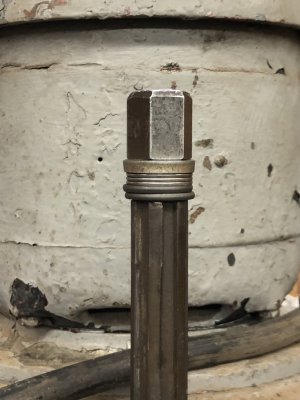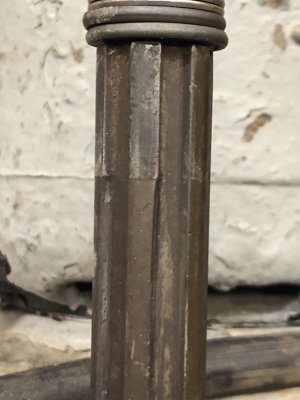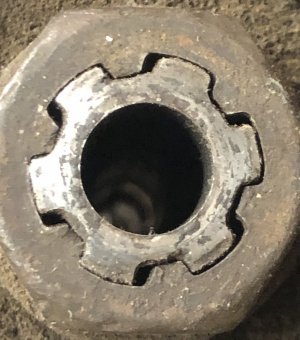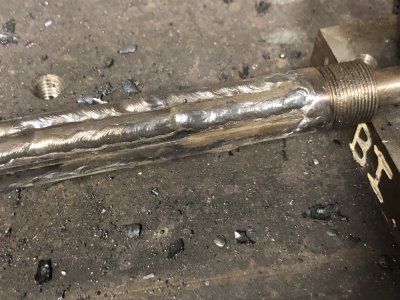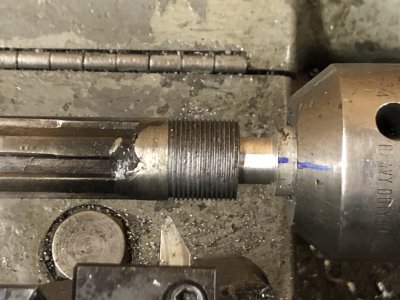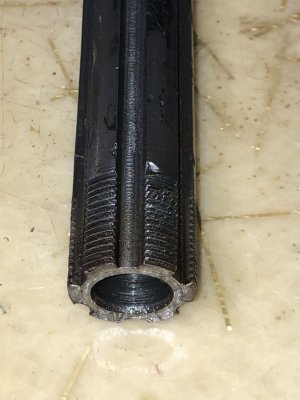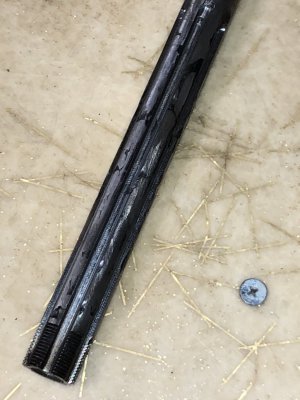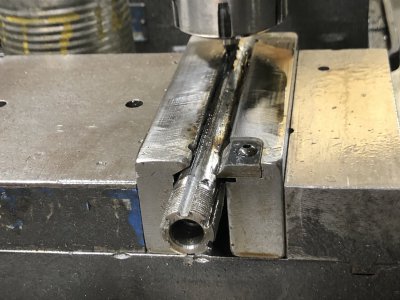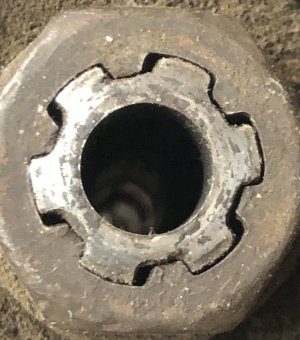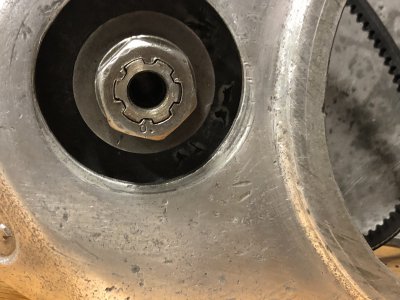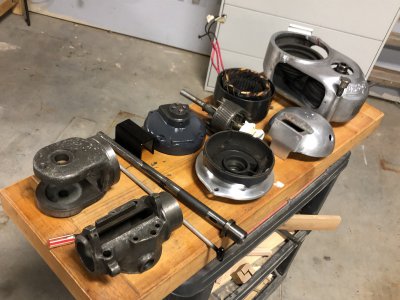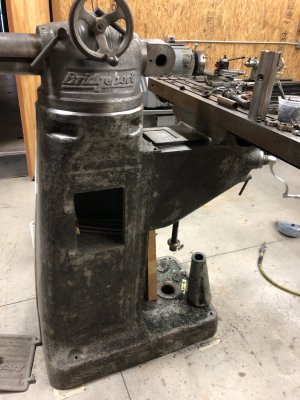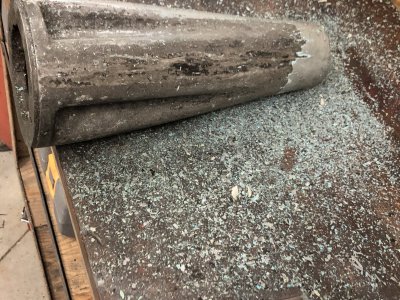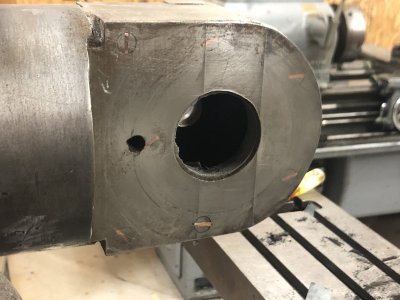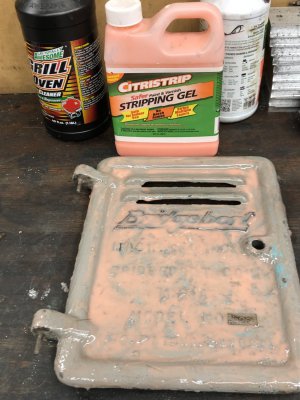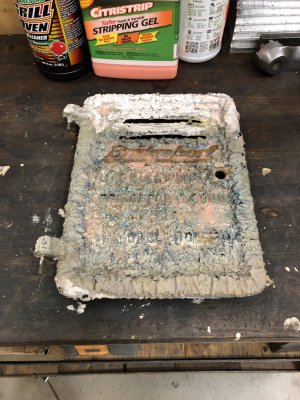- Joined
- Sep 15, 2019
- Messages
- 19
I bought this Bridgeport along with a decent LeBlond dual drive from an estate a few months ago. At first I was just going to get rid fo the Bridgeport but as I realized it was mostly complete I decided to clean it up and use it in my hobby shop. Its main problem areas were the terrible paint job, lots of surface rust from being seldom used and in an unheated shop for many years, the spindle and hub splines badly worn, motor and spindle bearings dry and worn out, and the quill feed not being properly assembled. Of course the ways are worn some but once I flushed out the grease and got way oil in them they move fairly smooth. It will never be cherry but I think it will make a suitable hobby machine unless or until I get into a project that requires a nicer mill. Besides I needed a project so here goes.


